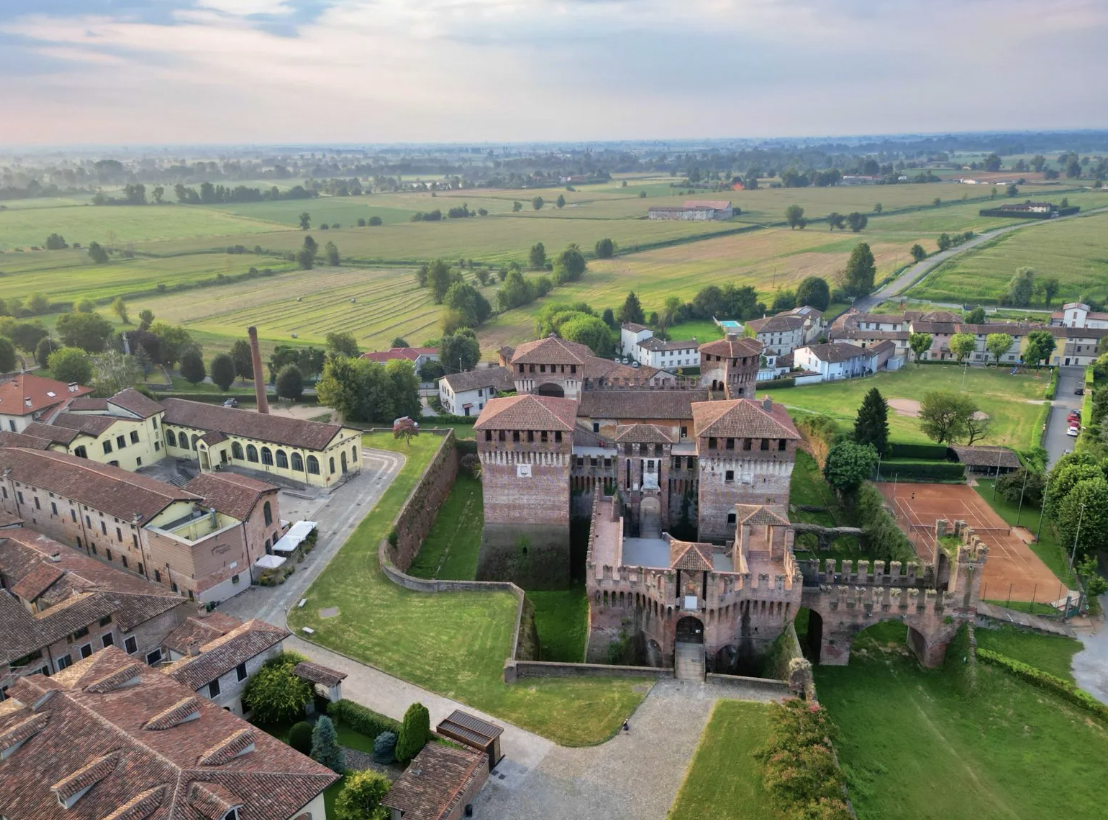MUSEUM OF PRINTING – From the 15th century, a city of printers

When the theme “The People of the Book” was announced for the 2025 European Day of Jewish Culture, my first thought was: “This is for us.” After a sleepless night, I submitted an application to host the event at the Museum of Printing in Soncino. Soncino began rediscovering its printing heritage in the 1970s. The idea was to establish the museum in the old Jewish quarter. Two sites were identified as possible homes and workshops of the printers. One is mentioned in local chronicles as “gli Ebrei abitavano dietro i Guarguanti” (the Jews lived behind the Guarguanti), and the other come from oral tradition.
After studying Soncino’s cadastral map from 1722–1723 and a map detailing taxes owed to the town of Soresina in 1844, several potential sites were identified. For the nascent Museum of Printing, the choice fell on a 15th-century tower.
By then, the building was in ruins, with some ceilings having collapsed. The restoration and setup work was complex and lengthy. The plan was to open the museum in 1983 to celebrate 500 years since the first work was printed: Masechet Berachot(Soncino, 1483–1484). However, a lack of allocated funds delayed the work. The focus then shifted to 1488, the 500th anniversary of the first complete Hebrew Bible with accents and vowels. It was produced by a family of Jews from Speyer, Germany, who signed all their works with the name “Soncino,” the town that had welcomed them.
The museum opened on April 24, 1988, with limited exhibition space. Its expansion was celebrated during the second European Day of Jewish Culture in 2001. To enrich the new exhibition rooms, the museum acquired typefaces, printing equipment, and typographic machines from the 18th and 19th centuries, as well as Jewish objects. Thanks to Vincenzo Cazzaniga, a philanthropist and Soncino family history enthusiast, two local craftsmen reproduced a copy of the wooden press preserved at the Biblioteca Medicea Laurenziana in Florence.
The press was dismantlable and easy to transport, which was essential for an itinerant printer like Gershom Soncino (ca. 1460–1534), also known as “the Pilgrim.” It was probably similar to the one he used while traveling across Italy and abroad.
Giuseppe Cavalli, Director of the Museum of Printing, Soncino
Translated by Matilde Bortolussi and revised by Alessia Tivan, students at the Advanced School for Interpreters and Translators of the University of Trieste, trainees in the newsroom of the Union of the Italian Jewish Communities – Pagine Ebraiche.
